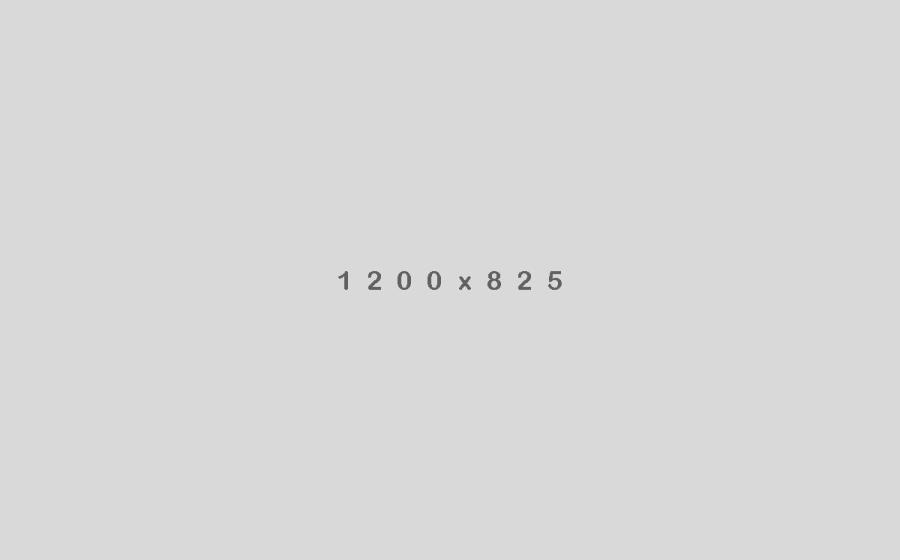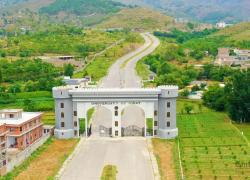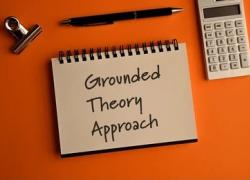What is STAR Interview Technique and how I made the best of it?
One of the problems, I usually face during my job interview is to speak my mind loud and clear without being boastful. Sometimes I struggle with giving a concise answer to the interview questions. Besides, I am unsure, at times, how to share my accomplishments with the interviewers without bragging. This is intriguing, not only for me, but for a vast majority of the candidates.
In a recent interview, while responding to a question, I said, I am workaholic. The interview panel said, “we need smart workers, not hard workers”. I further added, “I worked as late as 8:00 in the evening”. The interviewers told, “seems you are inefficient”. I informed, “I usually come to the office on Saturdays and Sundays”. One member of the panel whispered, “you are not good at maintaining work-life balance”. I articulated, “I am a member of more than 45 different committees in my organization”. They inquired, “how would you be able to save time for your core job”.
Read More: An interesting account of the most common interview mistakes
This enigma helped introduced me to one of the most useful and widely used interview response technique called STAR. This method of answering interview questions assisted me to provide concrete answers to the tricky interview questions with interesting examples reinforced by solid justification supported by concrete evidence demonstrating that I possess the required level of educational qualification, requisite skills and experience for the job at hand. I made the most of it and it paid off. In this blog post, I explicate, what the STAR technique is and how the candidates can get the most out of it.
What is STAR?
STAR is an extremely useful tool to help the candidates answer complex questions during their interviews. This is an acronym for four key concepts, S-Situation, T-Task, A-Action and R-Result. Each concept is a step, the candidate can apply to answer the interview questions. By using all four steps, the candidate provides a comprehensive answer to each question asked during the course of the interview. These are described here as under:
Situation: This delineates the context within which the candidate performed a previous job or faced a challenge at work in the past. For instance, when they were working on a group project, they had a conflict with a coworker or during the official meetings, they had faced divergent opinions hard to reconcile. The situation can be drawn from the past work experience. The candidates must understand that in the Situation they should provide some details about the circumstances they were in when they used a competency or skill set so that the interviewer may understand the context of the example.
Task: Here, the candidates should describe their role and responsibilities in the given context or a situation. Perhaps they had to help their group complete a project within a tight deadline, resolve a conflict with a coworker or reconciling diverging opinions. In the Task, they should outline what their role or objective or purpose was during that situation to put their answer into the right context.
Action: Here, the candidates need to describe how they completed the task or endeavoured to meet the challenge. It is important to remain focused on what they did, rather than what other team members or coworkers did. In the Action, they should describe how they approached the situation and what they did in it.
Result: Finally, the candidates need to elucidate the outcomes or results produced by the action taken. It shall be helpful to emphasize what they accomplished, or what they learned. In the Result, they should narrate the outcome such as “were the objectives met?” or “what did they learn from being in that situation?”
Significance of the STAR technique
This strategy is peculiarly helpful in responding to competency-focused questions or answering behavioural interview questions. Behavioural interview questions are questions about how the candidates have behaved in the past or how the candidate handled certain work situations by utilizing certain skills and competencies.
How I used the STAR technique?
While using this technique, I analyzed the job at hand and defined the skills required for the job. I read the job description, role, and responsibilities associated with the position. I analyzed my work experience and past performance to determine whether I have had the skills and experiences required to showcase during the job interview. I anticipated various expected questions and prepared answers, using the STAR technique.
Read More: Preparation for a job interview: Is it really a tough job?
During the course of the interview, when the interviewer asked me a question, I started discerning about the situation, the task, the action, and the result and I answered the question accordingly. For instance, the interviewers were looking for proof of problem-solving skills, analytical ability, creativity, report writing skills, communication skills, leadership skills, teamwork orientation, negotiations skills and decision-making skills. I elucidated each point with minute details while quoting examples from my previous work experience and it worked fantastically well.
How other candidates should use the STAR technique?
Since the candidates would not be knowing in advance what interviewing techniques, the interviewers would be using, they would greatly be benefited from preparing several scenarios from the jobs they have held previously. First, they should make a list of all the skills, competencies and experiences that are required for the job and match their qualifications to those required for the job. Then, they consider specific examples of occasions when they displayed those skills. Whatever examples they select, make sure they are as closely related to the job they are interviewing for.
During job interviews, while responding to any question, the candidates should start by providing some details about the situation, so that the interviewer can understand the context of their example. Next, they should identify the task; what needed to be done. Then they should describe the action that they took; what did they do and how did they do it? And finally, they should describe the outcome. They could even go on to describe what they learned or gained at the end of the day.
If the candidates form their answers like that, the interviewers would get everything they needed and would not need to ask follow-up questions. In a nutshell, the candidates should aim to do their best and leave the board room thinking that they did their best. And if they got it, wonderful, but If they did not, there would be another opportunity awaiting them.




















